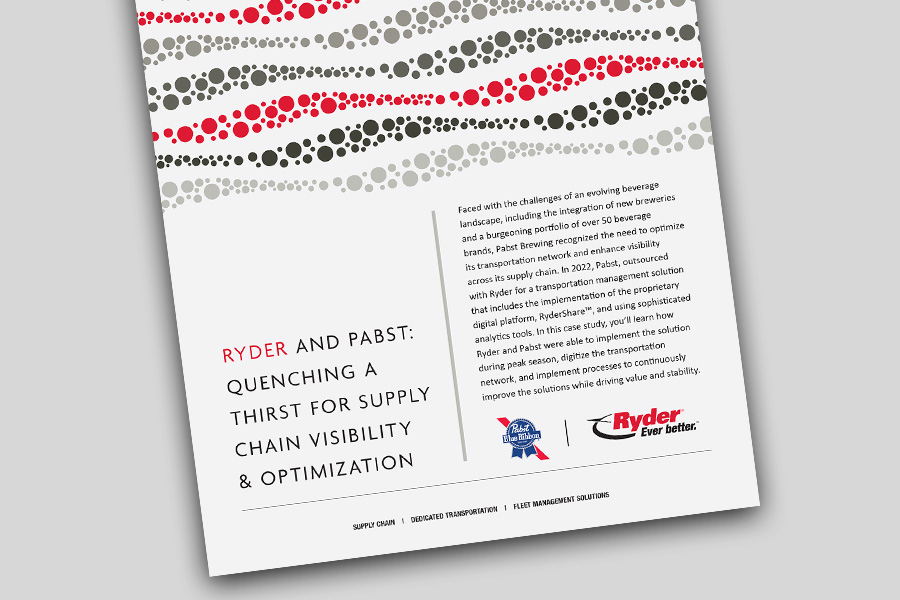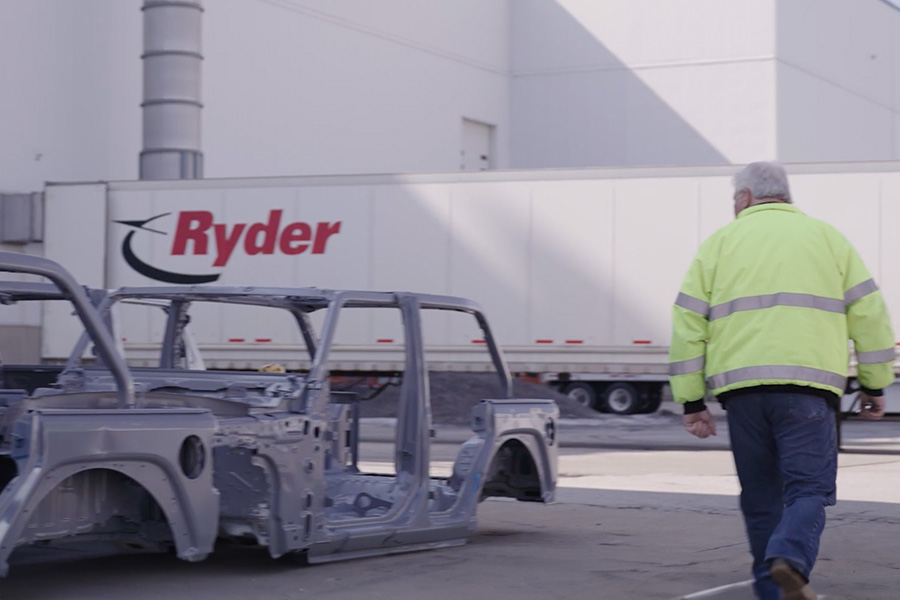We hear a lot of talk from industry insiders about how omnichannel is THE fulfillment strategy that all businesses should be investing in right now - but few take the time to explain what omnichannel fulfillment actually is.
Luckily, you’ve come to just the right place! In this post, we’re going to cover the definition of omnichannel fulfillment, what it looks like, and what you need in order to implement a successful omnichannel fulfillment strategy.
Let’s get started!
What is omnichannel fulfillment?
Put simply, omnichannel fulfillment is a strategy where businesses use multiple selling channels to fulfill and distribute customer orders, regardless of which channel the customer placed an order through.
This is the critical difference between a multi-channel fulfillment strategy and an omnichannel approach. In the former, selling channels are siloed and inventory only used to serve customers in the channel it’s assigned to. Whereas in omnichannel, channels and inventory are integrated to streamline the fulfillment and delivery process.
This means that in multi-channel retail, an online customer would have to wait for their order to be dispatched from the warehouse for home delivery, which could take anywhere from 2-7 days.
By contrast, an omnichannel system could identify a store location carrying the necessary inventory that’s in close proximity to the customer. If the store fulfills and ships the order instead of the warehouse, this will knock days off the delivery time. Alternatively, they could give the customer a BOPIS (buy Online, Pick-Up In-Store) option, which shortens the turnaround even further for near-instant gratification.
What does omnichannel fulfillment look like?
As demonstrated above, omnichannel avoids a strictly linear fulfillment process that sees product flow only in one direction i.e. warehouse - store location - end customer. Instead, it allows for the much nimbler management of orders and inventory, such as:
- Store-to-customer
- Warehouse-to-store
- Store-to-store
- Warehouse-to-customer
- Customer-to-warehouse
- Warehouse-to-alternative pick-up location
- Customer-to-store
(Or any combination of the above).
Omnichannel fulfillment: Meeting consumer expectations
It’s no secret that expectations have never been higher when it comes to the customer experience. Consumers want more agency over how they navigate the shopping journey between channels - and they expect brands to make these transitions as smooth as possible.
Why? Because in today’s landscape, it’s the experience that matters. According to one study, 83% of consumers admit that they focus on how brands treat them just as much as the products they’re buying.
It’s far easier to achieve widespread customer satisfaction when your fulfillment efforts are aligned with ensuring flexibility and choice - something that multi-channel merchants often struggle to achieve due to their siloed selling channels. In this regard, omnichannel fulfillment offers businesses a powerful strategy for meeting this demand for increasingly seamless retail experiences.
The Importance of Omnichannel During COVID-19
The COVID-19 pandemic has caused unprecedented disruption to the retail industry and has only accelerated the move towards omnichannel fulfillment - out of necessity.
Due to local restrictions and consumer concerns about the health risks of in-store shopping, retailers have had to adapt to keep pace with the rapidly changing needs of their customers.
The past year has seen BOPIS (Buy Online, Pick-up In-Store) and curbside pick-up skyrocket in popularity, with many consumers having used it for the first time. Consumers also expressing a bigger preference for flexible return options, such as alternative drop-off locations.
Businesses have jumped into offering these services to meet consumer demand and stay competitive - but this is a reactionary rather than planned omnichannel strategy. As consumers grow accustomed to having greater freedom in their shopping journey, they’re going to expect these offerings to become permanent - meaning that you need to prepare for omnichannel becoming ‘business as usual’.
The essentials for successful omnichannel fulfillment
The most important takeaway about omnichannel fulfillment is that it requires your business to utilize all resources to ensure that customers receive orders as quickly as possible - which leaves little room for operational error.
Breaking down silos between channels
It’s impossible to conduct an omnichannel operation if there are barriers that prevent your channels from joining seamlessly. Furthermore, it’s going to
frustrate your customers if they’re prevented from interacting with your
selling channels as they see fit!
When shifting to a fully-fledged omnichannel strategy, it’s important to maximize collaboration and communication between different aspects of your retail operation; this ensures that everyone is on the same page and understands the operational requirements demanded in their channel.
A real-time WMS (warehouse management system)
For omnichannel fulfillment to work successfully, retailers need to have a WMS that can report SKU counts and order statuses in real-time. With these capabilities, your business can determine which location, whether it be a store or a warehouse, is best suited to fulfilling a customer order in the fastest timeframe. Without real-time tracking, it’s very difficult to synchronize your inventory across channels, which can lead to detrimental situations such as stock-outs or customer orders being misplaced.
Integrated inventory management
In true omnichannel, your selling channels will be working from one integrated source of inventory that’s the total sum of all SKUs at brick and mortar and warehouse locations. This has the advantage of giving each channel access to greater inventory supply - but requires full visibility for this to operate successfully, including in the management of reverse logistics and workflows for each of your channels.
Looking for a sophisticated omnichannel fulfillment strategy? Consider a 3PL partnership
As shown above, a full-fledged omnichannel fulfillment strategy involves a lot of moving parts, and it can be time-consuming and complex for retailers to coordinate this on top of all the other aspects of managing the business. Partnering with a 3PL provider like Ryder who is experienced in omnichannel fulfillment makes it much easier for your business to meet consumer expectations for seamless, end-to-end customer experiences across channels.




